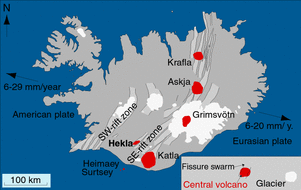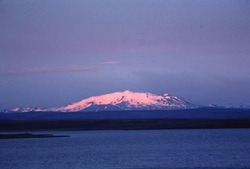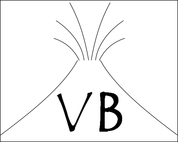 The location of Hekla The Icelandic Meteorological Office has raised its aviation code for Hekla from green to yellow. Why have they done this? Well according to this news article, there has been an increase in seismicity, which is unusual for Hekla, although there has been no marked changes in other eruption precursors such as inflation and they further state that there is no eruption imminent. Recent earthquakes can be viewed here. If you are interested in the decision making process of the Icelandic Meteorological Office (IMO) and how they communicate with the public, I highly recommend skimming (or reading thoroughly!) this presentation which is available on their website. From this (if I understand it correctly) I can determine that the alert level has been raised because of an uncertainty surrounding the change in activity, which doesn't necessarily mean that an eruption will occur at all! However, what does history tell us about eruptions at Hekla? The IMO has a list of volcanic eruptions since 1900 on their website and you can see that Hekla features prominently with eruptions most recently in 2000 and 1991, whilst the Global Volcanism Program also shows regular activity .  Photo of Hekla by Bill Rose (1980) If Hekla were to erupt, we can expect the typical activity which has been seen in the past, typified by the photos on the GVP website, a mixture of explosive activity and lava flows. One of the major dangers from an eruption of Hekla is the emission of Fluorine, which the magmas from Hekla seem to contain more of. Inhalation of Fluorine can cause Skeletal Fluorosis (yes I did link wikipedia) and has caused significant fatalities of humans and livestock in the past from eruptions such as the Lakagigar fissure eruption in 1783. You can view webcams of Hekla at these two sites: one is a closer view, and the other is at a distance but arguably of better quality. This activity change could show the very early signs of a future eruption or it could also be an anomaly, it is certainly too early to tell at this stage. |
Archives
July 2023
|

 RSS Feed
RSS Feed